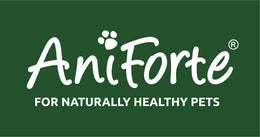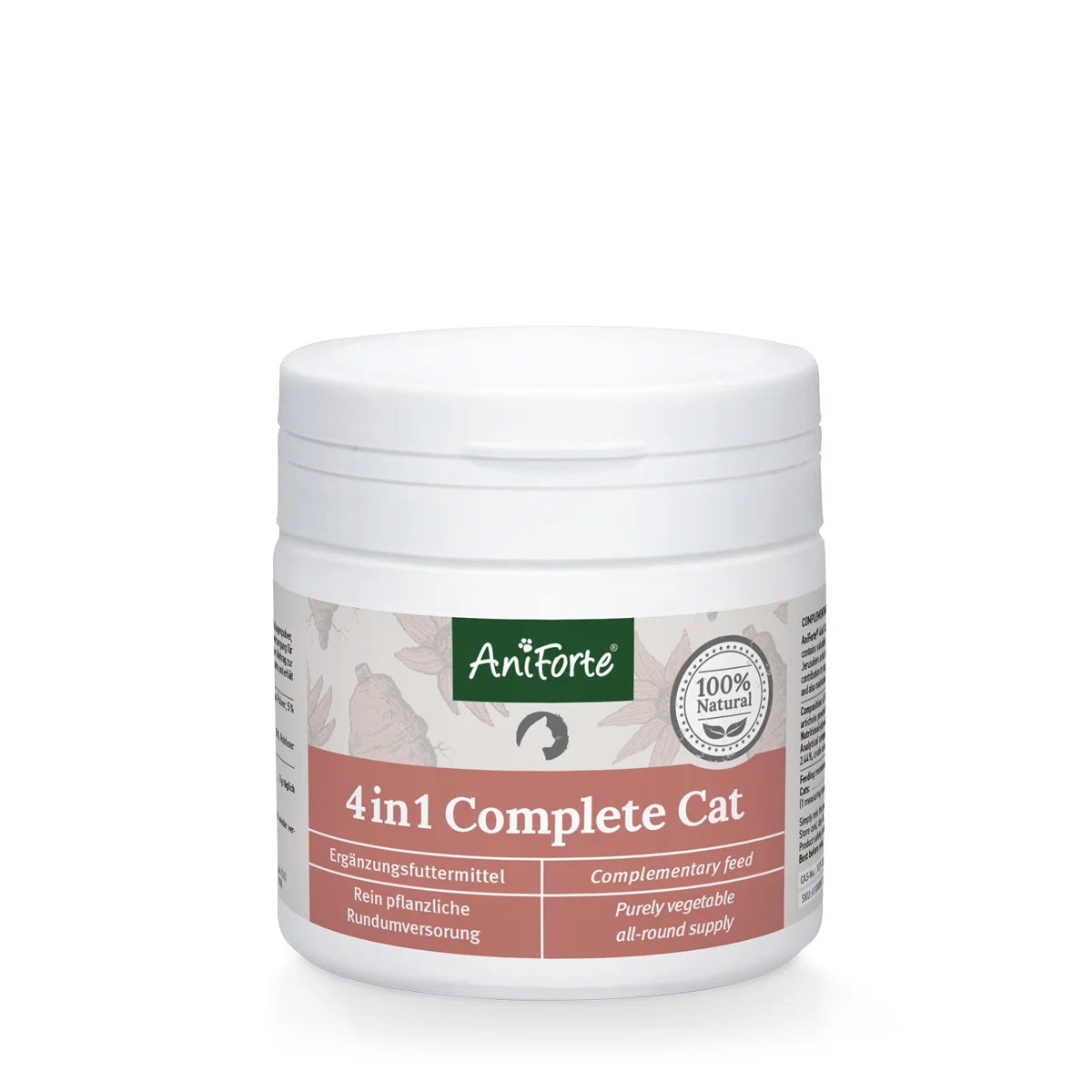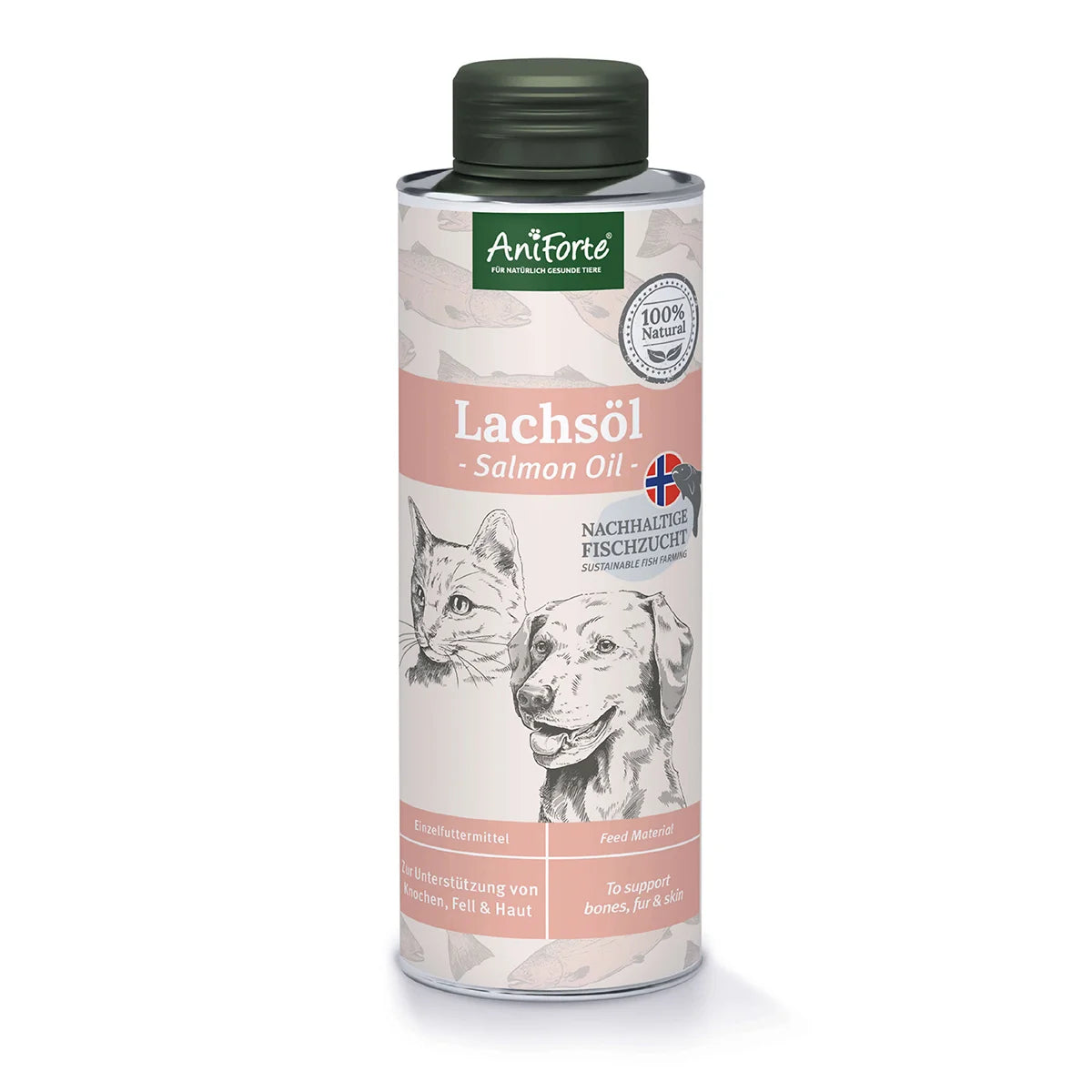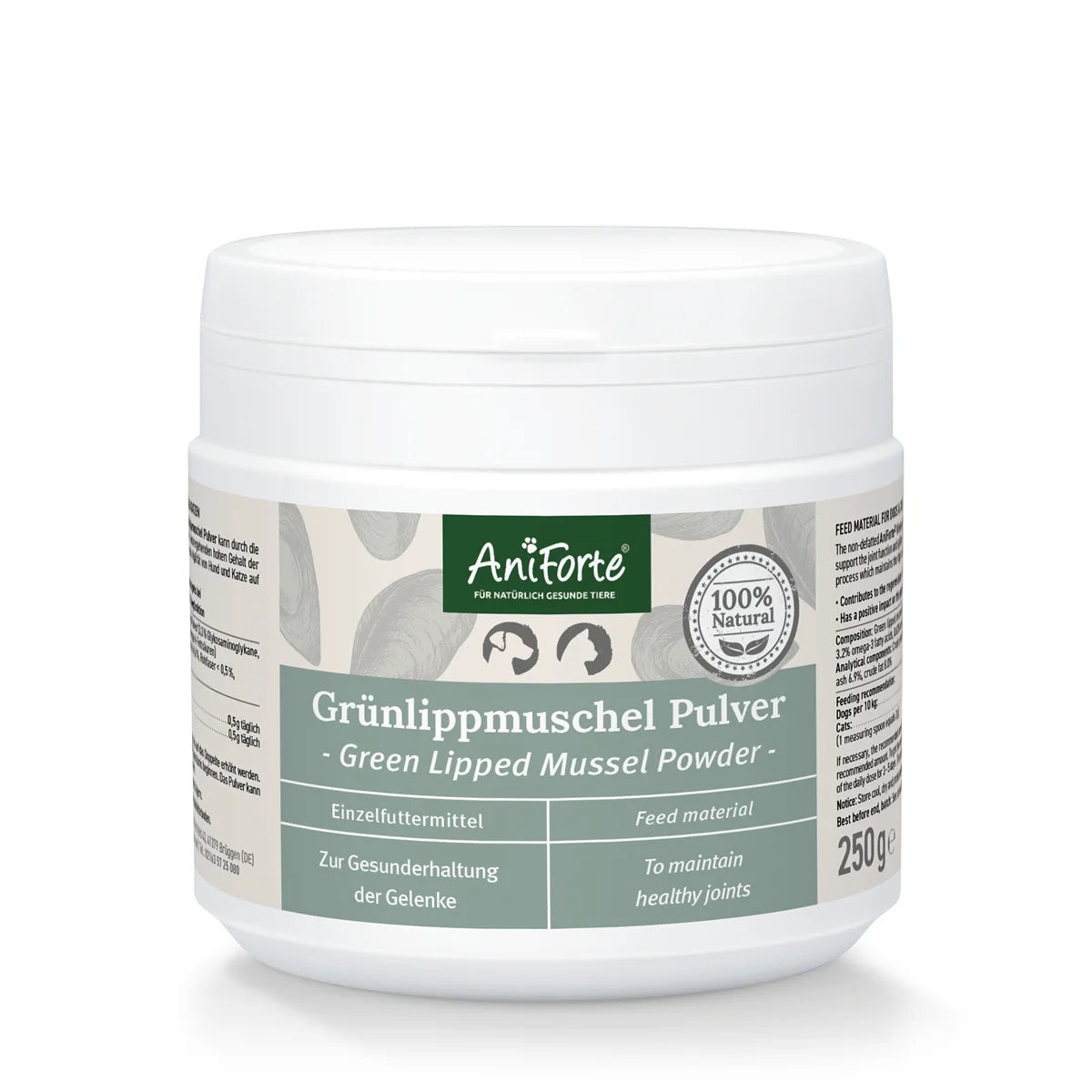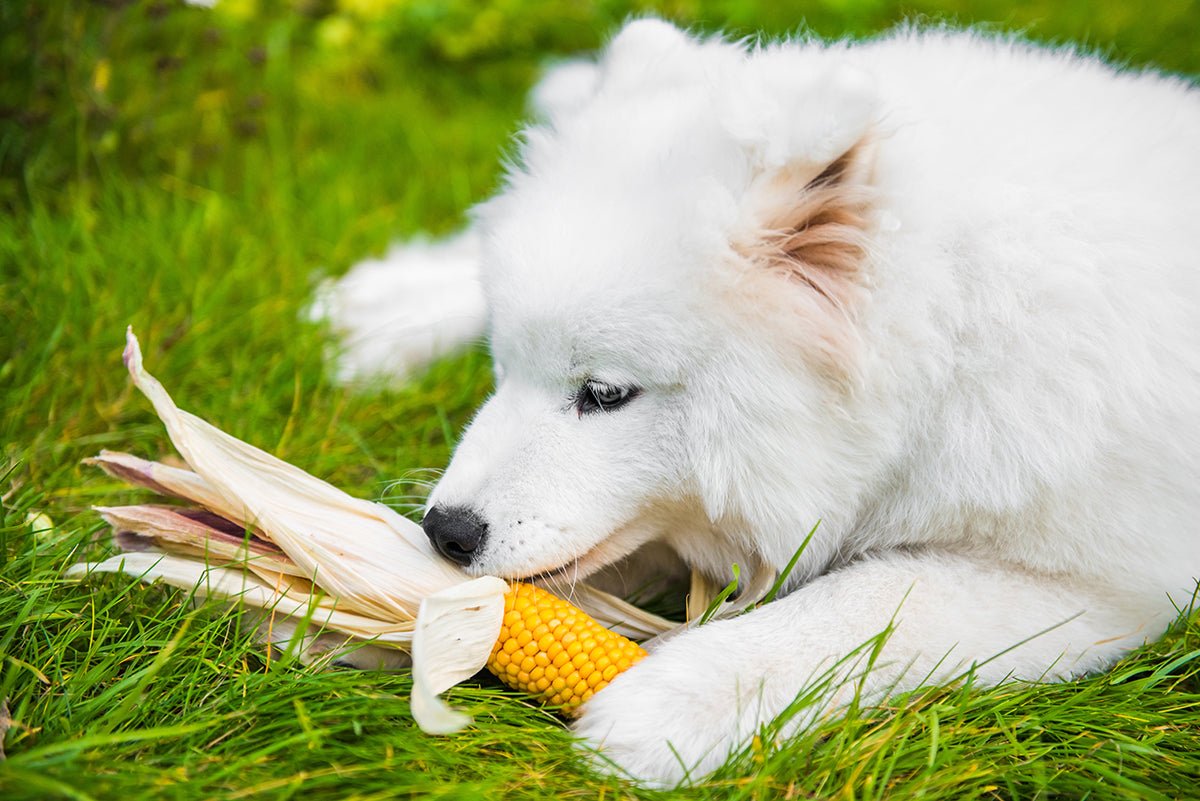Anal gland issues are common in dogs and can be uncomfortable for pets and owners alike. These glands serve an essential purpose in canine communication, releasing scent to mark territory and signal readiness for mating. To keep your dog’s anal glands healthy, AniForte’s naturopathic vet Ana shares tips for prevention and treatment.
Understanding the anal glands function
The anal glands are located on either side of a dog’s rectum and release secretions when the dog’s sphincter muscles apply pressure during defecation. In times of stress, the glands may empty suddenly, emitting a noticeable odour. Healthy anal glands empty naturally, but if your dog experiences issues, it may be related to stool consistency or gut health.
The purpose of the anal glands
Dogs use their anal glands to communicate with other dogs who will notice the individual scent during their typical greeting phase. The secretions function mostly to mark territory and signal mating readiness by releasing pheromones. We humans perceive the secretion as repulsively smelly.
If your dog is having problems with anal glands
Your dog’s anal glands are being influenced mainly by two factors: the nature of the dog’s stools and the state of the intestines.
Loose Stools and Insufficient Pressure:
If your dog’s stool is too loose over a longer period of time, the anal glands are not being emptied enough as the necessary pressure is missing. The secretion will stay inside the glands, but new secretion is continually being produced as well. This causes the dog uncomfortable pressure. Furthermore, the secretion will solidify and clog up the anal glands, which can lead to an unfortunate cycle: the clogged secretion will lead to constipation, the openings are being clamped shut, preventing the glands from emptying, while still more secretion is being produced.
A difficult solution: expression of the glands
To break this cycle, the anal glands can be expressed forcefully. However, this isn’t beneficial for the sensitive glands, which will be prompted to produce more secretion by this stimulation. This treatment shouldn’t be repeated often as not to trigger a chronic condition.
Cause for trouble: acidosis of the colon
Often the anal glands are an indicator for the intestine’s condition. Most of the time the glands remain unnoticed as they just do their work. However, if the intestinal flora is too acidic, the anal glands are being flooded with acid and toxins. This can go two ways: either the intestines normalise by excreting, or the anal glands get clogged.
Looking for causes if the dog is constipated
If the anal glands are clogged regularly, it’s advisable to look for additional causes. A check of the intestinal flora can help find the possible cause to the problem. This can be remedied with medication. Other causes could be food intolerance or allergies.
Symptoms of problems with anal glands
There are several signs of problems with anal glands, and they are different depending on the dog. One typical sign is if the dog is rubbing his rear end on the floor while “sledding” forward. The cause for this strange movement is the dog trying to get relief from the intense itching sensation. That same itching causes some dogs to bite, lick and gnaw on his buttocks. If you’re observing these symptoms in your dog, you should consider care of the anal glands.
Care of the anal glands
The first step is to observe the animal closely and to pay attention to his food makeup. This way you create certainty whether the symptoms are caused by diet or by something else. Try to eliminate intolerance: grains, rice, beef etc can cause loose stool in your dog.
As a second step it may suffice to support your dog’s digestion with fibers, especially also known as Psyllium Seeds or Husks, which stimulates digestion and cause the stool to firm up. If your dog tolerates flax seed, that’s also a good option to mix into the feed. It can also be helpful to increase intake of coconut shreds or shredded carrots for fiber content.
Our Fruit and Vegetable Flakes are another convenient way to add fibre into your dogs diet to help with anal gland issues
As a final step you should consider rehabilitation of the dog’s intestines. Sometimes adjustments in the diet will be necessary if the tips above won’t yield any results.
Best wishes to you and your dogs!
Ana
